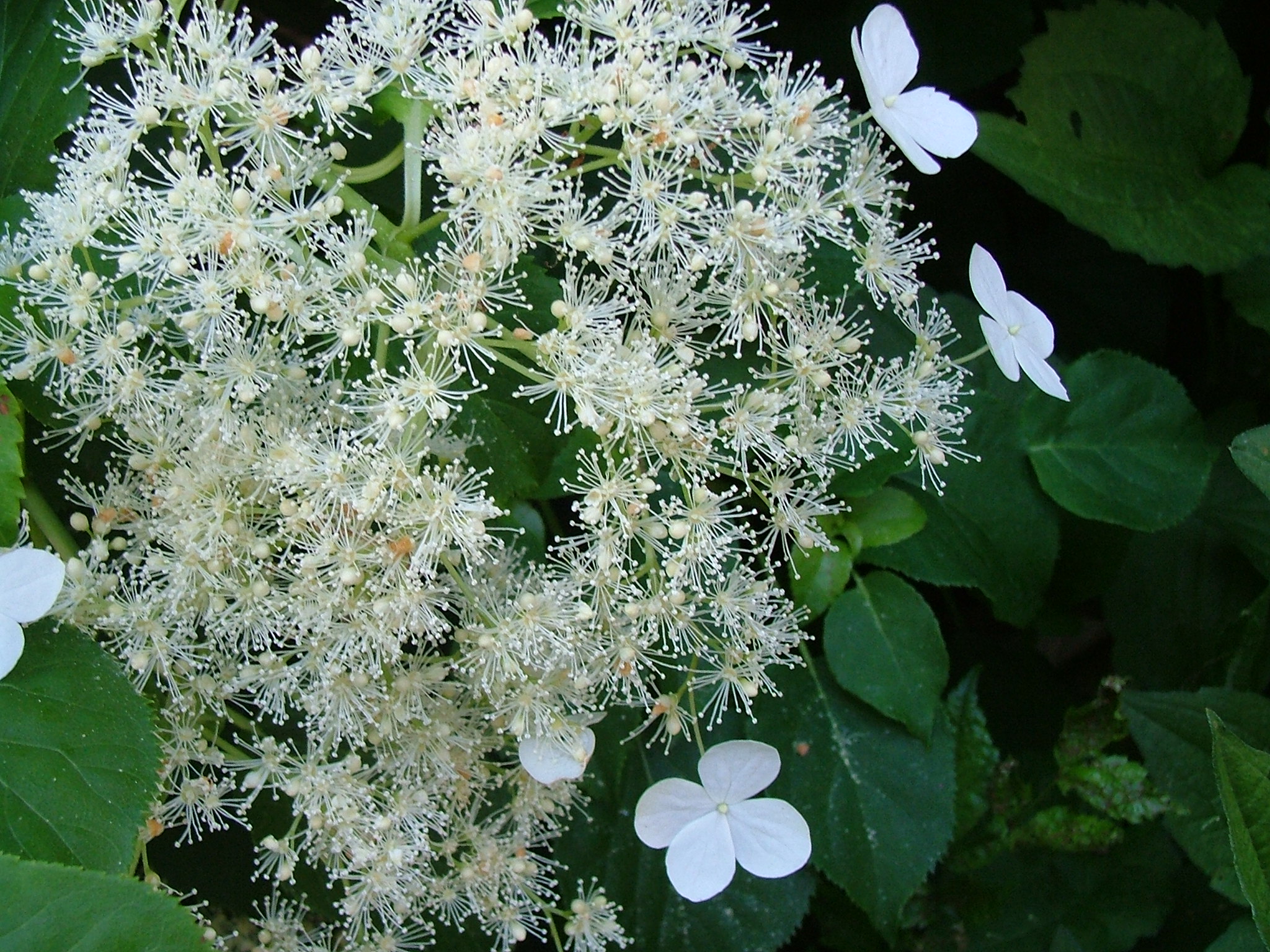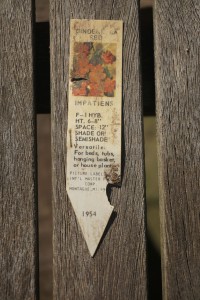Part of the fun of the garden when you have an older home is trying to imagine what the former owners created. The grounds of our post-war colonial house were very much a clean slate when we arrived. We had learned from the sellers that when they bought it, the house had an incredible, if overgrown, garden, which they largely removed.
There are so many reasons people take things out — whether they don’t know how to manage rejuvenating an old and overgrown garden, to needing room for children to play, to wanting the quick fix. Bringing a garden back to its former beauty takes time, for sure. In any event, it provided us with an opportunity to build something anew.
In the process of creating a back bed in an especially shady part of our yard where little could grow — save the pachysandra and hostas I have since planted, and now many more plants over the years — I dug up an old plant tag. Amazingly, it had a date on it — 1954! Nearly a decade after the house was built. It was for “Cinderella” impatiens, and the close-up photo of the red bloom cheerfully peeked out, preserved by years of soil and darkness. I researched the variety, but to no avail. It got me thinking about what the planting scheme may have been. Clearly, they liked to annuals in hot colors. What a gift to find this piece of history.
There are remnants of these former owners, if you look carefully. Thankfully, nobody has cut down the viburnums at the back, which I believe are something like a “Snowflake” variety — who knows for sure? The savable ones were absolutely lovely, but growing wild and the best they could at the back of this shady border. I’ve carefully removed dead wood and opened up areas for new growth over the years, while trying to maintain their graceful habit. It seems to be working, but it takes time.
It is a joy in the spring with its while flowers, as well as in the fall, with its red leaves and berries.

